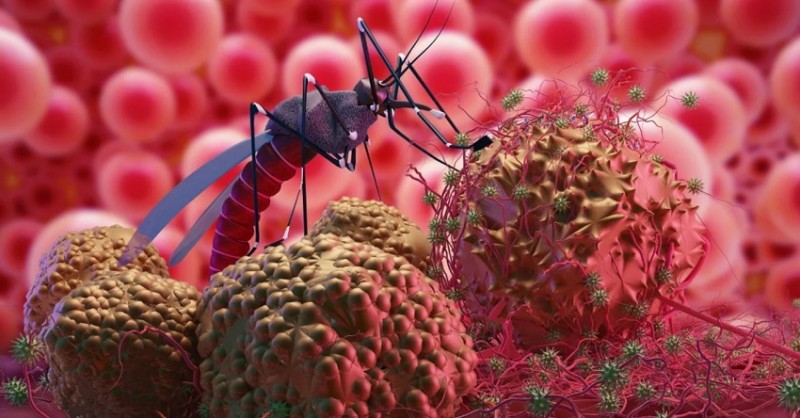
Rajasthan: The Chandipura virus is spreading swiftly across India, raising alarm among health officials. Following an increase in cases in Gujarat, where infections have reached 51, Rajasthan has now reported its first case of this concerning virus.
On Tuesday, the Rajasthan Medical and Health Department released a comprehensive advisory highlighting precautionary steps and management protocols after a Chandipura virus case was identified in the Dungarpur district. Health Minister Gajendra Singh Khinvsar has directed authorities to implement measures to prevent further spread. Medical college principals, chief medical and health officers, and chief medical officers have been instructed to follow the advisory rigorously.
First discovered in India in 1965, the Chandipura virus (CHPV) belongs to the Rhabdoviridae family and the Vesiculovirus genus. It was named after Chandipura village in Maharashtra. Although not widely known, this virus poses a significant public health risk, particularly in certain Indian regions.
"Chandipura virus mainly affects children under 15, with outbreaks typically occurring in rural and semi-urban areas. Since its identification, several outbreaks have been reported in states like Andhra Pradesh, Gujarat, and Maharashtra. The virus has a high case-fatality rate, especially among children, with some outbreaks showing mortality rates as high as 70%. This underscores the importance of early detection and intervention," says Dr. Rahul Verma, Director of Neonatology & General Pediatrics at Sir HN Reliance Foundation Hospital, Mumbai.
Symptoms and Spread
Chandipura virus infection presents acutely and severely. The incubation period is short, usually between 24 to 48 hours. The disease begins suddenly, with symptoms like high fever, altered consciousness, and seizures. These can quickly progress to encephalitis, leading to coma and death if not treated promptly.
The virus is primarily transmitted through the bite of infected sandflies, particularly Phlebotomus papatasi, which thrive in rural and semi-urban areas where most outbreaks occur. Human-to-human transmission is rare. The virus spreads rapidly in areas with high vector density and close human habitation, making containment critical, warns Dr. Verma.
Importance of Early Diagnosis
Early diagnosis of Chandipura virus is crucial due to its rapid and often fatal progression. Initial symptoms are non-specific, complicating early detection. Confirming the diagnosis requires advanced tests like reverse transcription-polymerase chain reaction (RT-PCR) to detect viral RNA. Prompt diagnosis is vital to initiate appropriate treatment and control measures.
As the number of cases rises, health authorities in affected regions must stay vigilant and enforce strict measures to control the spread of the Chandipura virus.
Other Health Updates:
What is the Chandipura Virus? Know the Latest Outbreak in Gujarat
Hantavirus Outbreak in the US: 7 Cases Reported, 3 Deaths Confirmed
Kerala Health Minister Takes Action to Prevent Potential Nipah Virus Outbreak